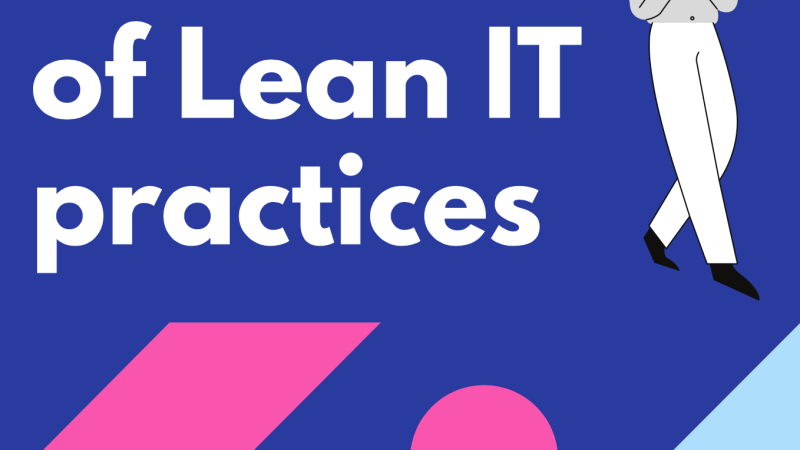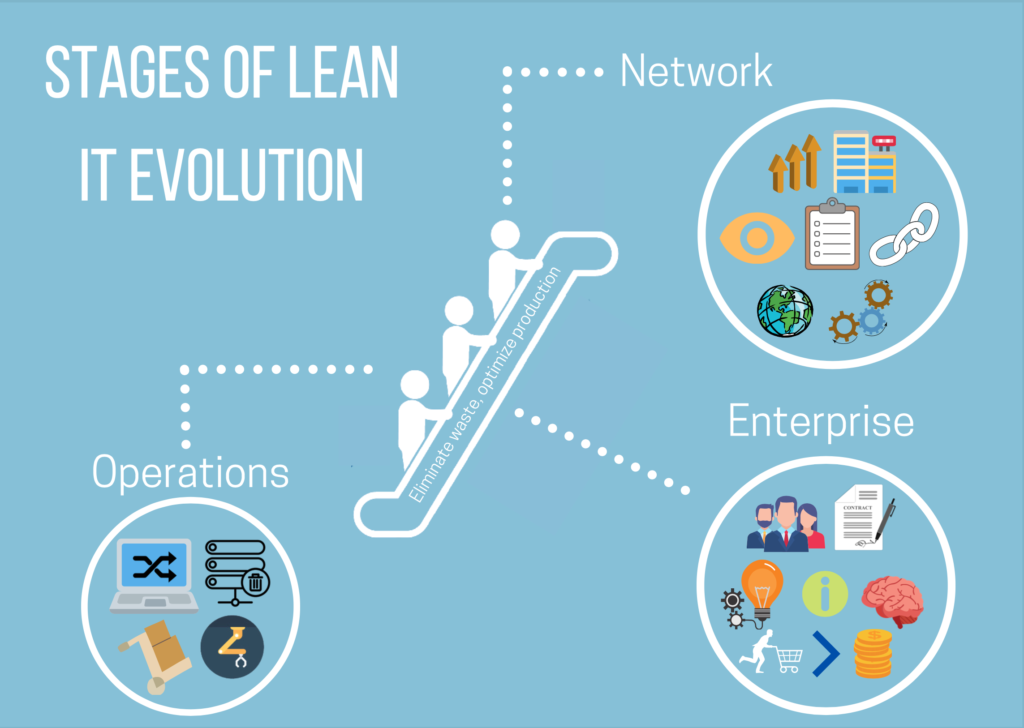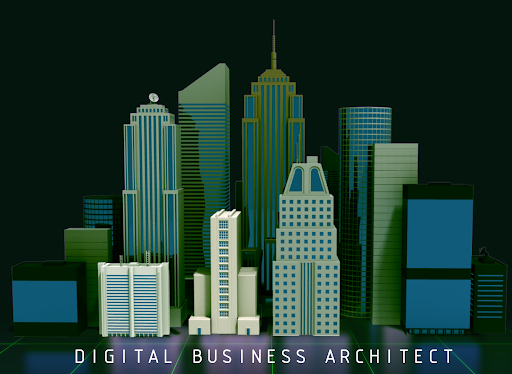Lean IT: Everything you need to know about its evolution

How does it work?: Stages of the Lean IT Evolution
In the Lean IT environment, there can be mentioned three different stages in which the Lean process will evolve. it will be explained one by one:
- Operations: This first stage is based on the elimination of any kind of waste the industry may be made in order to optimize the process and not handle things that will not end up in nothing. This leads to a relevant improvement in the production operations, or service operations if it is the case of the company. This first step is all tangible, inside a company the IT sector has the responsibility of all that work that may include for example development or support of a software in which all other departments are working separately but, with Lean IT software architects, it is possible to spend hours to integrated all divisions and solve this problem while trying to increase the customer experience at the same time that elimination waste. The waste in this situation could be for example hundreds of data that are not useful for many reasons but are still in the databases of the company.
- Enterprise: When we talk about the Lean Enterprise stage it means all aspects mentioned above but with the twist that is applied especially in the internal value stream of the company where it is being applied, in relation with the activities such as Marketing, Administration processes, Human Resources, Engineering, etc. This concept is highly related to the concept of Six Sigma. In the book “Lean Enterprise Systems” by Bell, 2010; it is taught how in the data cycle by starting with capturing the wrong data or an incomplete or duplicate one for software architects the elimination of waste is more difficult. Instead, in a company following a Lean Enterprise culture the IT department is in charge of managing and design the capture of information by technical engineering process so then in that case the information management of the production is optimized and at the end, it reaches the main objectives which once again eliminated waste, improve the production by using the less amount of assets and resources possible at the same time that the customer experience is being improved. To sum up the Lean Enterprise, the following graph is a representation of how the different departments mentioned affecting the value stream of the company:
- Network: The same happens with stage number three. This is the elimination of waste and improvement applied this time to the “dynamic, global, electronic, demand-driven “supply chain””. (Bell, 2010). Mainly the third and last stage is focused on the supply chain and all actors involved. IT here what it does is reinforce the so-called phrase “improved visibility into the supply chain”; because it does not just fix the processes and eliminate the waste such as inventory through software programs but instead go further and make it visible to all departments so everyone knows what to do next by having the necessary information. It is said that an important activity IT needs to have is to be able to create an intercompany mapping process of each product, of course depending on the type of production that is being made in the company.
In conclusion, the three stages of the evolution of Lean IT will sum up in three main objectives: Elimination of waste, improvement of both types of production, and of customer experience. The Operations, Enterprise, and Network are related but, each part with specific tasks to IT managers, such as the examples before like data validation. A good example to finish and absorb well the meaning of the stages is the following pyramid which enhances the “Four foundations of the Toyota Way”, describing that most companies focus the Lean IT process in the Process and Tools between the Philosophy, Process and Tools, People and Partners and Problem Solving; which explains that apart from the Philosophy of the company having a Lean structure will be fundamental and necessary to be able to then reach the resolution of the problems.
Here it is a visual representation and summary of these three different stages:


DevOps, Evolution, Kaban, Kaizen, Lean Benefits, Lean It, Lean manufacturing, Lean stages, Manufacturing, Networks, Six Sigma, Techniques, Theory of constraints, TOC, Total quality management, TQM
